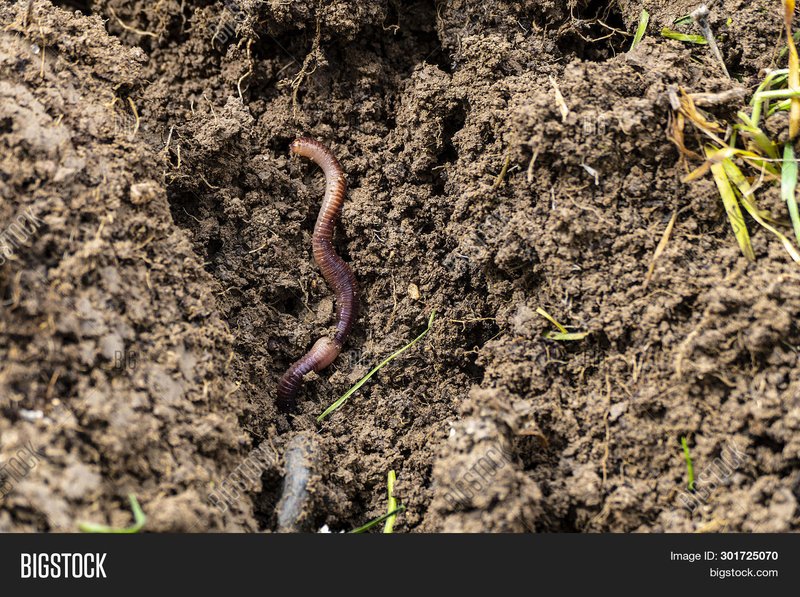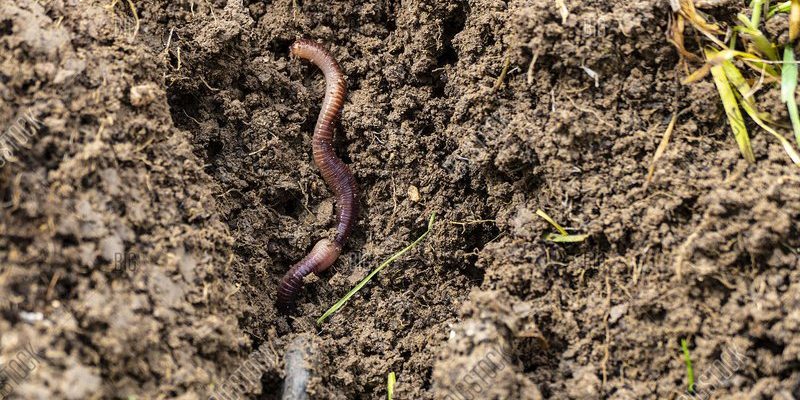
Picture this: Earthworms are like little gardeners. They dig tunnels in the soil, moving around nutrients, and making it easier for plants to grow. But just like any gardener, they have their favorite types of soil. Sandy soil is like a beach—loose and well-draining but not very nutrient-rich. Clay soil is more like a thick, sticky dough—heavy and compact, holding moisture but often suffocating for our wriggly pals. So, where do they fit in? Let’s dig deeper.
The Relationship Between Earthworms and Soil Type
Earthworms thrive in a variety of soil types, but their happiness often hinges on texture, moisture, and nutrient availability. Sandy and clay soils present unique environments that can either support or hinder earthworm activity.
In sandy soils, **water drainage** is excellent. This means earthworms can move freely and create their tunnels. However, the downside is that sandy soils often lack the organic matter that earthworms live on. Without enough food, they may struggle to survive. On the flip side, in clay soils, the **density** can be a challenge. Earthworms can find it tough to burrow through the compacted earth, making it more of a struggle to get around and find food.
Ultimately, whether earthworms can thrive in sandy or clay soil depends on several factors. Let’s take a deeper look at what each type has to offer and how it influences the earthworm habitat.
Understanding Sandy Soil
Sandy soil is characterized by its gritty texture and large particles. It drains quickly, which is great for some plants but can leave other gardeners scratching their heads, wondering where the moisture goes. Earthworms can definitely live in sandy soil, but there are a few things to consider.
First, **moisture retention** is essential for earthworms. While sand drains well, it can dry out quickly. Without enough moisture, earthworms may seek shelter deeper in the ground or simply die off. To help them out, you can amend sandy soil with organic materials like compost or leaf litter. This adds nutrients and increases moisture retention, creating a better home for our squiggly friends.
Second, think about the **food source**. In sandy soil, there might not be enough organic matter for earthworms to munch on. If you’re looking to keep earthworms happy, consider adding compost regularly. It not only feeds the worms but also improves soil structure, making it more conducive for plant growth.
The Nature of Clay Soil
Clay soil, on the other hand, has a very different personality. It’s heavy, dense, and can become waterlogged. Earthworms can live in this type of soil, but they might face challenges breaking through the thick clumps.
For earthworms, clay soil has its pros and cons. On the plus side, it retains moisture very well. This can provide a steady water supply for earthworms. On the downside, too much moisture can lead to **anaerobic conditions**, which means the soil lacks oxygen. This can suffocate worms and other beneficial organisms.
To make clay soil more worm-friendly, consider **aerating** it. You can do this by mixing in organic matter like compost, which breaks up the clay and improves drainage. Not only will this help earthworms thrive, but it also benefits your plants by allowing roots to grow more easily.
How Soil Composition Affects Earthworms
Soil composition plays a crucial role in the survival of earthworms. Both sandy and clay soils contain different ratios of sand, silt, and clay, affecting their structure, drainage, and nutrient levels.
– **Sandy Soil:** This soil contains more sand particles, allowing for good drainage but poor nutrient retention. Earthworms can live here, especially if organic matter is added. Think of it as a beach where they can dig but need food to survive.
– **Clay Soil:** Composed mainly of tiny clay particles, this soil holds moisture but can become compacted. Earthworms may struggle to move through it unless the soil is amended with organic matter. This is more like a mud pit—good for a quick swim but tough to navigate.
Understanding how these components work together is vital for creating a thriving environment for earthworms. Enhancing soil quality can lead to healthier ecosystems both above and below the ground.
Creating a Worm-Friendly Environment
So, how can you make your sandy or clay soil more suitable for earthworms? Here are a few tips to create a welcoming habitat:
- Add Organic Matter: Regularly mix in compost or well-rotted manure. This increases nutrient levels and provides food.
- Maintain Moisture Levels: Keep the soil consistently moist but not waterlogged. You might need to check more often in sandy soils to avoid dryness.
- Aerate the Soil: For clay soils, consider using a garden fork to break up compacted areas. This helps earthworms move around freely.
- Mulch: Apply a layer of mulch to retain moisture and add organic materials as they decompose. This creates a favorable environment for earthworms.
By making these adjustments, you can create a thriving ecosystem that supports earthworms, enriching your soil and benefiting your plants.
The Bigger Picture: Why Earthworms Matter
It might seem like a small thing to worry about, but earthworms play a significant role in our ecosystems. They help break down organic matter, releasing nutrients back into the soil, and they improve soil structure by creating channels for air and water. This is crucial for plant health.
When earthworms thrive, you’ll notice healthier gardens and landscapes. They are indicators of a thriving ecosystem. So, when you’re pondering the question, “Can earthworms live in sandy or clay soil?” remember that, with a little help, these wiggly gardeners can thrive in both soils and create a healthier environment for all.
Earthworms are remarkable creatures that can adapt to different types of soil, including sandy and clay. While they have their preferences and challenges in each, creating a friendly environment can make all the difference. By adding organic matter, maintaining moisture, and aerating the soil, you can turn your patch of land into a haven for earthworms.
So the next time you’re in the garden, think about those little heroes underground. With a bit of care, you can ensure they have a happy home, which ultimately leads to a healthier ecosystem all around. 🌱

